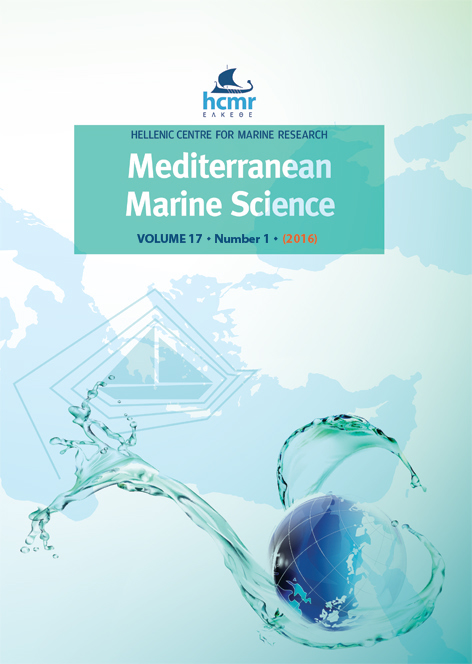Haplotype variation in the Physa acuta group (Basommatophora): genetic diversity and distribution in Serbia
Abstract
The genus Physa (= Physella) includes the most abundant and diverse freshwater gastropods native to North America. Due to their invasive nature many species occur throughout the world. The most abundant species, Physa acuta, has been introduced to Europe, Africa, Asia and Australia by human commerce and migrating birds. This species is widely distributed throughout Serbia. The aim of this study was to explore the genetic diversity of P. acuta from Serbia, and to determine the evolutionary relationships among native Physidae populations from North America, Mexico and Cuba and populations from Europe using sequences of the mitochondrial 16S rDNA gene. The ML (Maximum Likelihood) tree revealed two clades within Physidae, and two clades that correspond to the families Planorbidae and Lymnaeidae. In the Physidae clade there are two separate clades: one includes the species Physa spelunca, and the second includes samples of P. acuta. We determined three different haplotypes within specimens from Serbia. One haplotype is genetically closest to species Physa heterostrofa (synonym of P. acuta) from Philadelphia, while the other two are very close to P. acuta specimens from New Mexico. Together with other samples our findings corroborate the notion that we are dealing with one panmictic population of P. acuta and not with several separate species, despite the high genetic diversity between and among the populations. Our results indicate that in the same population in Serbia, there is high genetic distance between samples. Despite the small number of analyzed samples, our findings point to multiple introductions of P. acuta from different locations in America.
Article Details
- Come citare
-
RAKOVIĆ, M. J., RAKOVIĆ, M. B., PETROVIĆ, A. M., POPOVIĆ, N. Z., ĐUKNIĆ, J. A., NAUNOVIC, Z. Z., & PAUNOVIĆ, M. M. (2016). Haplotype variation in the Physa acuta group (Basommatophora): genetic diversity and distribution in Serbia. Mediterranean Marine Science, 17(1), 292–301. https://doi.org/10.12681/mms.1453
- Fascicolo
- V. 17 N. 1 (2016)
- Sezione
- Research Article
Authors who publish with this journal agree to the following terms:
- Authors retain copyright and grant the journal right of first publication with the work simultaneously licensed under a Creative Commons Attribution Non-Commercial License that allows others to share the work with an acknowledgement of the work's authorship and initial publication in this journal.
- Authors are able to enter into separate, additional contractual arrangements for the non-exclusive distribution of the journal's published version of the work (e.g. post it to an institutional repository or publish it in a book), with an acknowledgement of its initial publication in this journal.
- Authors are permitted and encouraged to post their work online (preferably in institutional repositories or on their website) prior to and during the submission process, as it can lead to productive exchanges, as well as earlier and greater citation of published work (See The Effect of Open Access).





